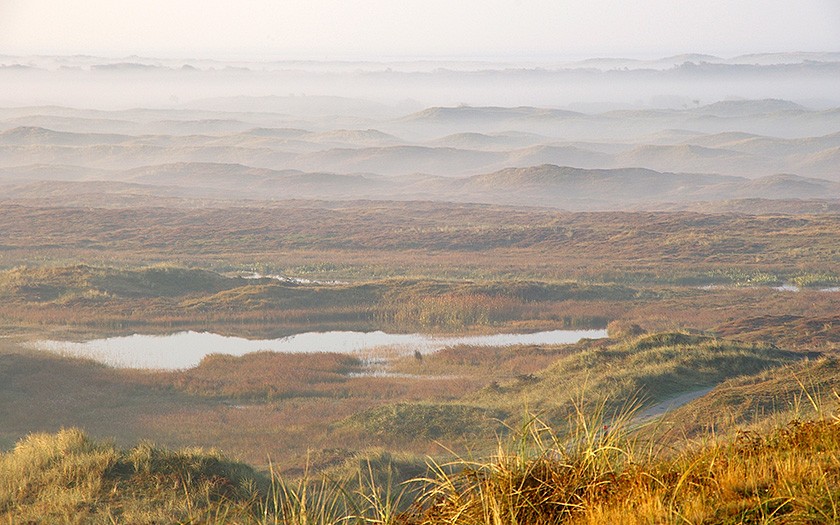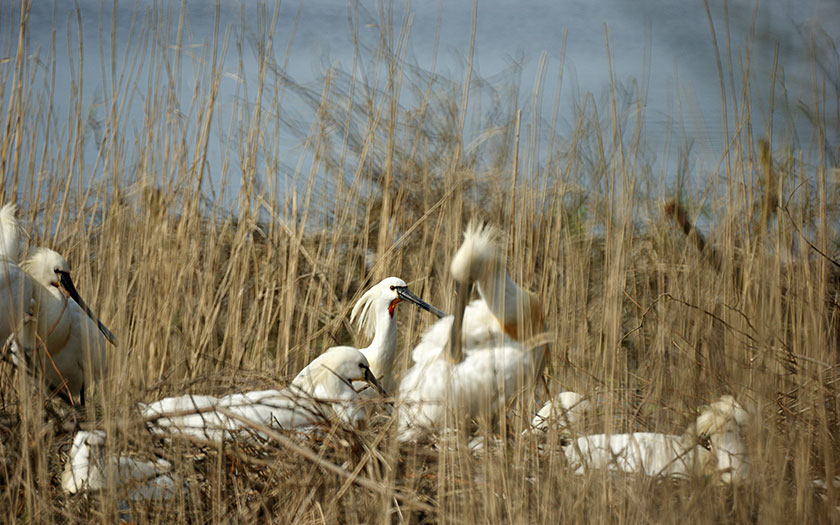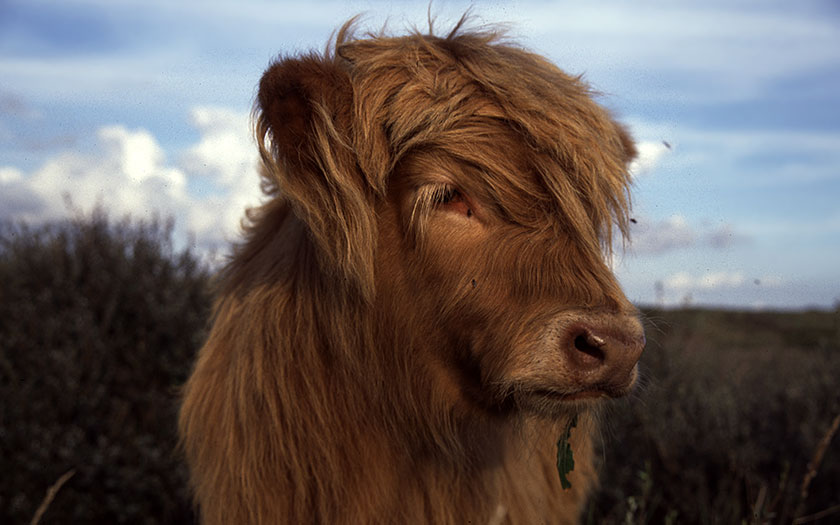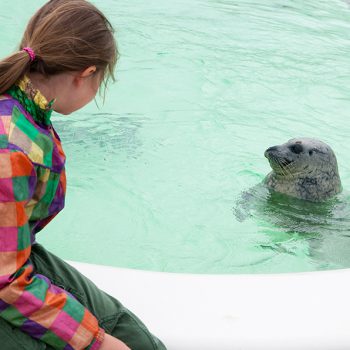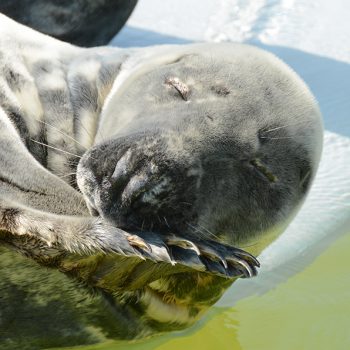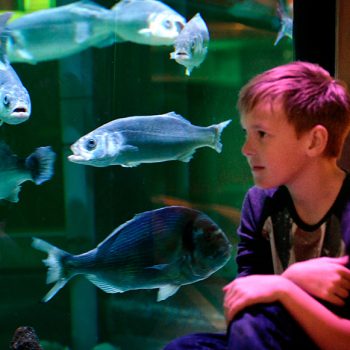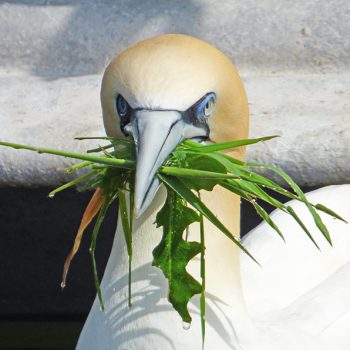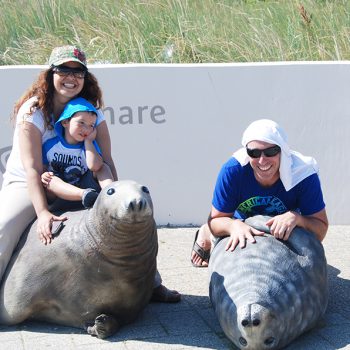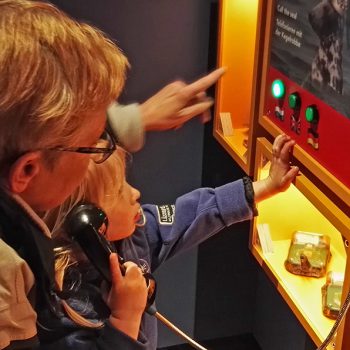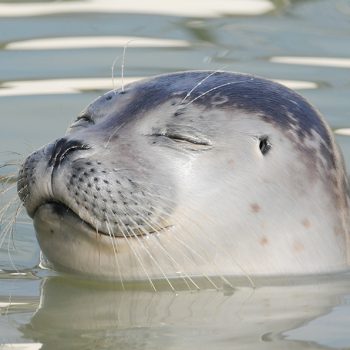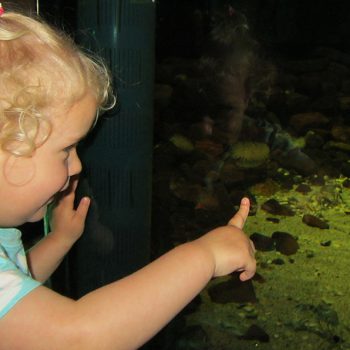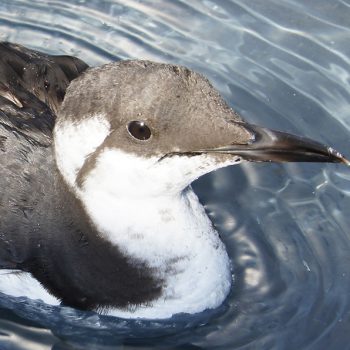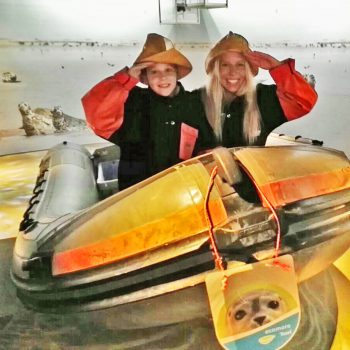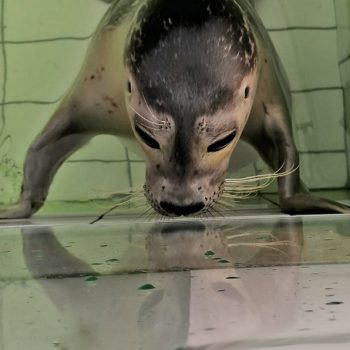The Geul
The Geul is a long valley situated between two rows of dunes in the southwestern side of the Mok Bay. The area was created when the sandbank Onrust attached itself to Texel at the beginning of the 20th century. The Geul is known for its spoonbill colony. There is a lake in the Geul, with a lookout point, also accessible for wheelchairs. The reeds are populated by many birds, including water rails, little grebes and marsh harriers. A large gull colony is located on the western side of the Geul.
Isolated dune slacks in the Geul
The Geul slack was once a beach plain, which was cut off from the beach when a new row of dunes formed. There are more of these slacks in the vicinity, dating back much further: the Pompevlak, the Grote Vlak and the Schetersweid with the Noordvlak. The Horsmeertjes, the Kelderhuispolder and the Kreeftepolder slacks formed more recently.
In the 18th and 19th century, a sandbank called Onrust lay where now the Razende Bol is located. It grew in the direction of Texel and attached to the island in 1910. With this joining, the Hors grew immensely in size in a rapid tempo. A series of curve-shaped dunes formed on the Geul beach plain, thanks to the large supply of sand. These dunes constricted one end of what was to become the Geul slack. Around 1920, man-made dunes on the west side cut this end off from the sea. The other end by the Mok Bay closed in 1927, giving the Geul its present form.
Vegetation survey in the Geul
Many unusual plant species grow in the Geul. There were lots of moonworts found in 1997 and smooth cat’s-ear, swamp moss and clay earth-moss found a year later. Swamp moss had only been found once before in the Dutch dunes: on Terschelling in 1869.
Spoonbills in the Geul
The spoonbill colony in the Geul is one of the three colonies on Texel. The first nests were found in 1943. However, the colony only definitely established itself after 1954. The first years were difficult. The birds were constantly disturbed from the military practices performed on the Hors. When the military took the birds into account, the colony began to grow. Since 1990, spoonbills in the Zwanenwater by Callantsoog were being persecuted by fox. Since Texel has no fox, they found refuge in the Geul after moving from the Zwanenwater. Every year, the colony grows even larger. In 2016, more than 474 pairs were counted!
Gull colony expansion in the Geul
Lots of gulls nest in the Geul dunes, particularly herring gulls and lesser black-backed gulls. The latter are the most numerous. The birds forage for worms and shellfish on the flats, worms on the farmland and bycatch from the fishing boats. They like to rest on the large sandbanks and wide beaches in the area. Lesser black-backed gulls look for their food at sea, flying behind the fishing vessels and profiting from the bycatch thrown overboard, while the herring gulls are more coastal birds.
Gulls were culled up till the 1960s. When people started leaving the gulls alone, the colonies started to grow. There was more than enough to eat. In the meantime, due to changes in the fisheries, there is now less food available, and fewer gulls in the colony.
Highlanders in the Geul
Since 1995, Scottish Highlanders have been grazing in the dunes of the Geul and Bollekamer. Exmoor ponies were added to the area later on. Fences around the grazing area keep the animals from wandering too far. The cows and horses keep the fast-growing plants short and thereby give slow-growing plants more space to grow. Hikers can walk among the animals. They aren’t very interested in humans.
Discover the magic of the Wadden Sea
Discover Wadden Sea World Heritage in this interactive exhibition.
Read more


